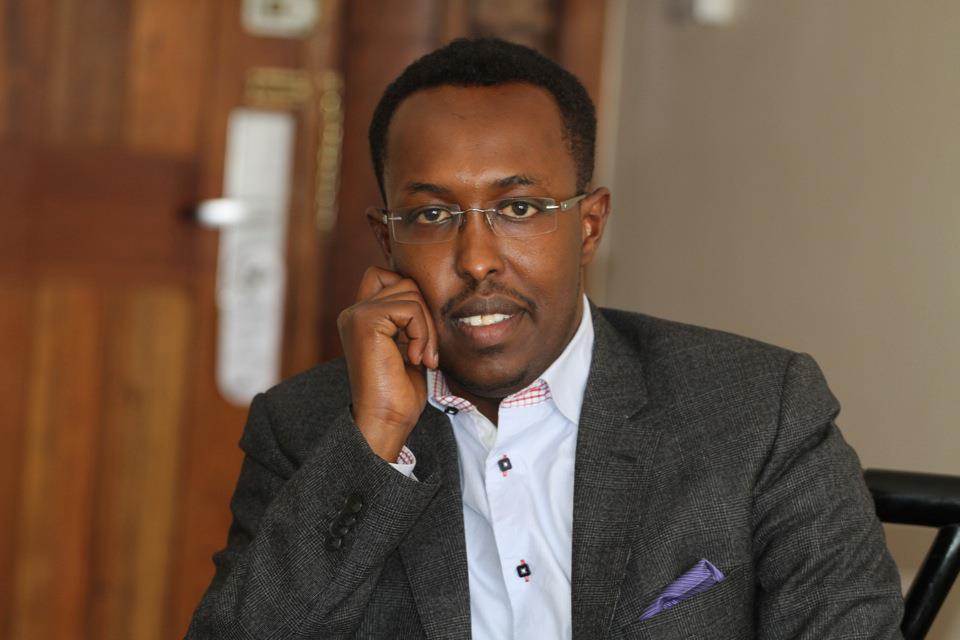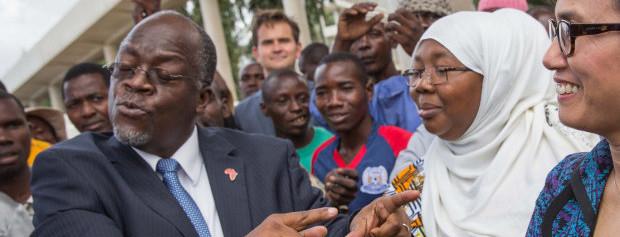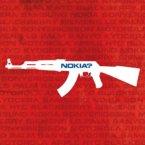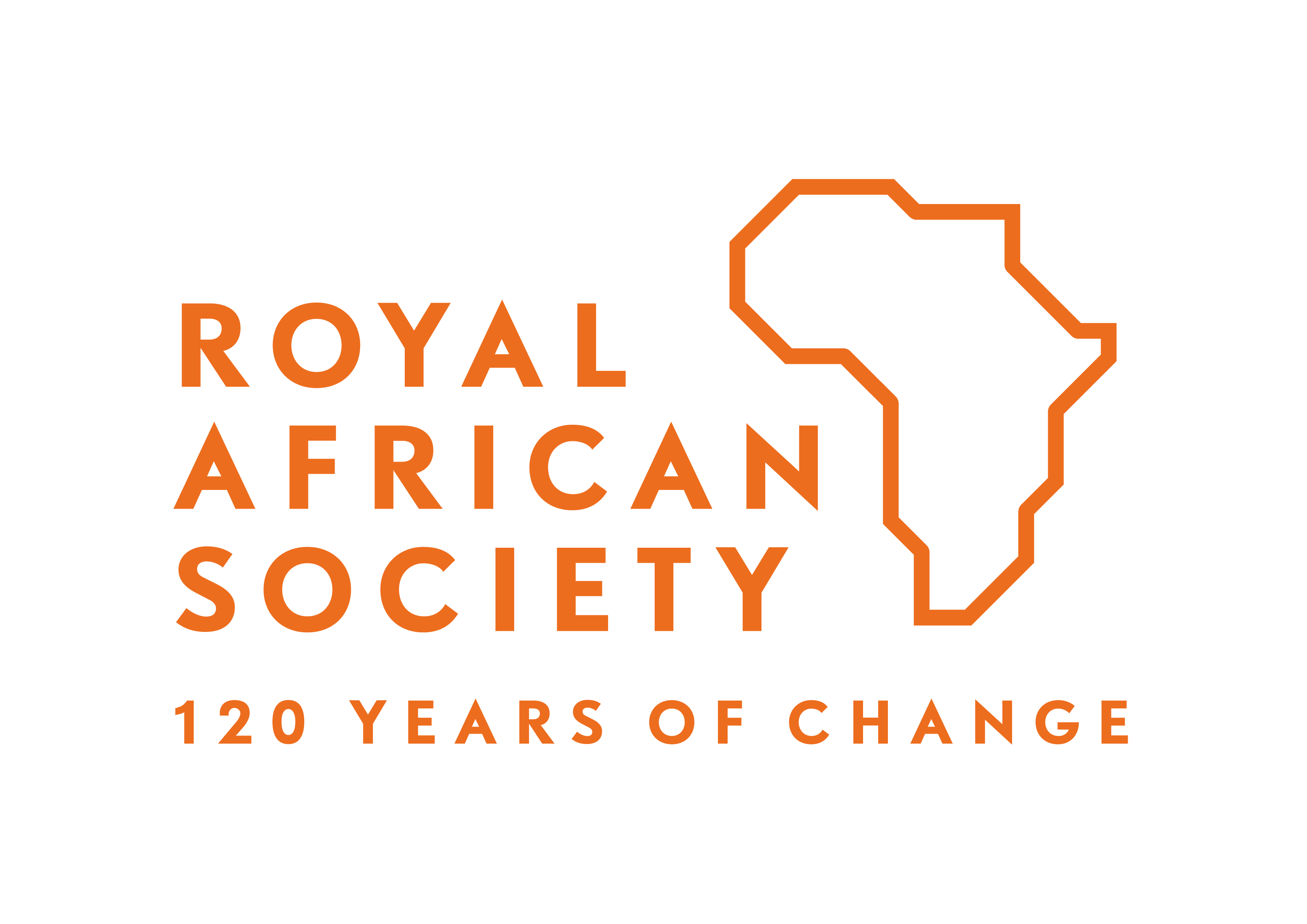Al-Shabaab 2.0: reorganisation and rebranding make terrorist group a force to be reckoned with again – By Abdihakim Ainte

 As the US extends its global terrorism alert to include embassies and consulates in the Middle East and Africa, this would seem an appropriate moment to examine of the state of al-Qaeda and its affiliate Al-Shabaab in Somalia. A thoughtful piece by Fareed Zakaria explains that al-Qaeda is becoming a something more akin to a franchise and is flourishing in places where there is weak government, including Somalia.
As the US extends its global terrorism alert to include embassies and consulates in the Middle East and Africa, this would seem an appropriate moment to examine of the state of al-Qaeda and its affiliate Al-Shabaab in Somalia. A thoughtful piece by Fareed Zakaria explains that al-Qaeda is becoming a something more akin to a franchise and is flourishing in places where there is weak government, including Somalia.
Al-Shabaab is an al-Qaeda linked organization that has been waging a war in Somalia for nearly a decade. Its depredations have also spilled over to Somalia’s neighbours – persuading Kenya and Uganda to send a ground troops (AMISOM) to contain its threat and uproot it from the inside. After years of relentless pursuit, the AMISOM force gained the upper hand – forcing Al-Shabaab to abandon its positions in Mogadishu and other key cities such as Kismayo in the South.
Of late, Al-Shabaab’s desperation has grown visibly – evidenced by attacks on the Turkish embassy in Mogadishu, the UN compound, its storming of government institutions, airports and assassinations of government officials, district commissioners and civil servants. This illustrates that Al-Shabaab is now reverting to a more lethal but asymmetrical form of guerrilla warfare which could be the real strength and danger of Al-Shabaab 2.0.
Over the last two years Al-Shabaab has suffered some severe setbacks – it lost its major strongholds (including the embattled port of Kismayo) and most of its southern territory. Some of its top leaders have been killed and many of its foot soldiers have defected to the government side.
However, looking at the latest evolution of Al-Shabaab – from the recent internal splinter to the bloody coup by hardliners – there is clear indication of a reformed organisation that is truly committed to returning and rebranding itself. An updated version of Al-Shabaab – a sort of AS 2.0 – is appearing with an upgraded leadership.
In a recent audio message, Ahmed Godane, Al-Shabaab’s operational brain, made it clear that he is determined to reform the organisation’s operational structure. That includes, as he put it, plans to install a whole new generation that can interact with fast moving Jihadist warfare.
Unlike Al-Shabaab 1.0, the upgraded Al-Shabaab is likely to include a new generation of recruiters – mostly youths (under 30s) – who have Western exposure, understand their vulnerabilities, speak their language and, most important of all, appeal to the coming generation.
This is already evident in new footage released by Al-Shabaab that features three young Somali-Americans who migrated from the US to engage in Jihadi war in Somalia. The video, which is dubbed: “The Path to Paradise: From the Twin Cities to the Land of Migration is part of an Al-Qaeda-approved propaganda outreach to communicate with the next generation.
In what sounded like a victory speech, and his first in the post coup era, Godane demonstrated his role in providing new leadership to Al-Shabaab. The coup involved the execution of some senior Al-Shabaab leaders including Ibrahim Afghani and reportedly the American-born Omar Hammaami. Though much of his message was devoted to ‘martyrs’, he touched upon global issues, including the US’s War on Terror, the Arab revolt and Kenya’s invasion of Somalia.
Prior to Godane’s coup, Al-Shabaab had a relatively decentralized leadership, relaying its orders in a top-down hierarchical fashion. Following the coup, Al-Shabaab seems to be on new trajectory, one that is dictated by a single leader – Ahmed Godane – who believes that the coup forced through structural changes offering a new beginning for Al-Shabaab 2.0. More importantly, it reassured the global Jihadist movement (particularly Al-Qaeda) of Al-Shabaab’s continued assertiveness in the Jihadi war.
With Godane in sole command, it will probably put an end the discord that dogged the organization for the better part of the last two years and will allow Godane supreme power to dictate the organization’s policy and operational functions.
While still diffuse and complex, its structural authority is now highly centralised, but operations are loosely decentralised. Many analysts believe that the focus will now be on “˜the near enemy’ – the Somali government, AMISOM, Turkey and their affiliates, instead of ‘the far enemy’ – Kenya, Uganda and the West. The recent attack on the Turkish mission in Mogadishu may be an indication of this change in policy.
In this way, Al-Shabaab is dialing up its domestic attacks, and dialing down its external operations.
Despite this, the organization is financially broke and militarily weak – Godane will be forced to continue to rely heavily on Al-Qaeda’s ideological guidelines and, perhaps more critically, its fund-raising support. In many ways, Al-Shabaab needs Al-Qaeda more than Al-Qaeda needs Al-Shabaab.
Unfortunately, the government in Mogadishu, backed by the UK and US, is institutionally weak and has scant capacity to contain this growing threat. Current policies which inadvertently fuel clan frustration only serve to increase the likelihood of the group’s successful re-emergence.
Abdihakim Ainte is Somali researcher and analysts. He tweets @Abdikhakim






